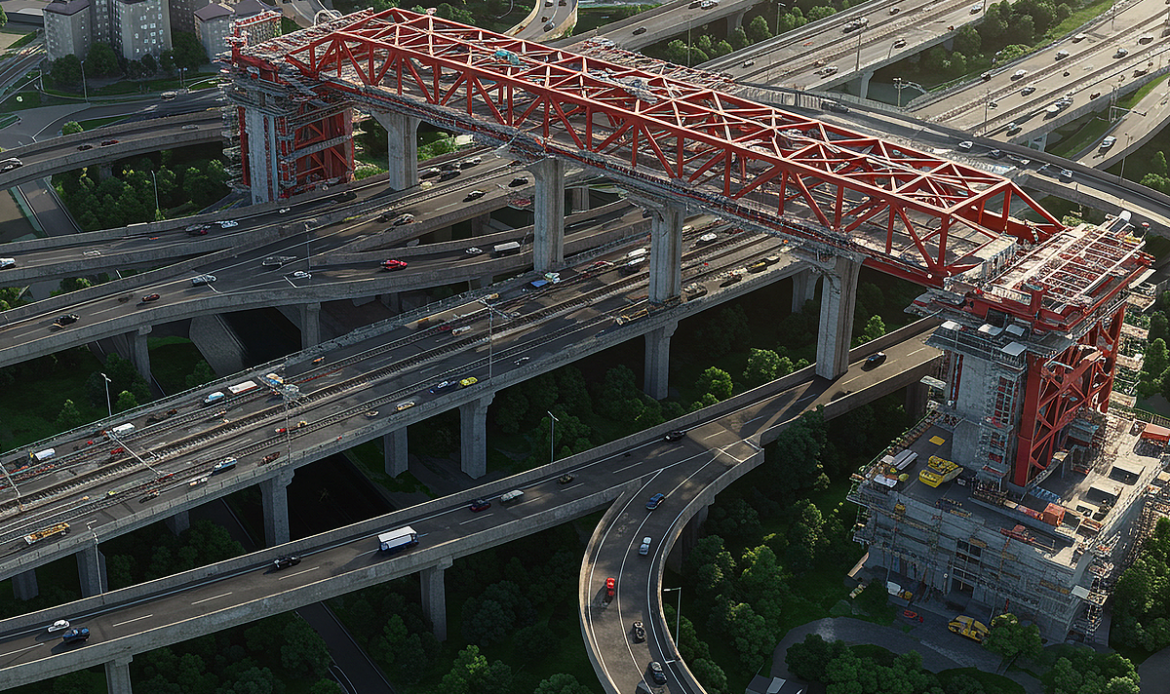
Infrastructure Design Services: Enhancing Efficiency and Sustainability
Modern urbanization and rapid industrial growth demand robust infrastructure design services that cater to evolving needs. Whether for transportation networks, water supply systems, or smart city development, efficient infrastructure design lays the foundation for economic progress and sustainable development. At PlinnthBim, we specialize in delivering state-of-the-art infrastructure design services that integrate cutting-edge technology, cost-effectiveness, and sustainability.
The Importance of Infrastructure Design Services
Effective infrastructure design services play a crucial role in:
- Ensuring the longevity and reliability of essential systems.
- Improving urban mobility and connectivity.
- Reducing environmental impact through sustainable solutions.
- Enhancing economic development by supporting industrial and commercial expansion.
From concept to execution, a well-planned infrastructure project mitigates risks, optimizes costs, and enhances functionality. Our experts at PlinnthBim bring deep industry expertise to design resilient and future-proof solutions.
Case Study
LACMTA Active Transportation Rail-to-Rail Corridor Project
Project Overview
Client: Los Angeles County Metropolitan Transportation Authority (LACMTA)
Location: Inglewood, California
Project Type: Active Transportation Corridor
Scope of Work: Development of a 9.5 km active transportation rail-to-rail corridor
Funding: Partially funded through the Active Transportation Program grant
Project Background
The LACMTA initiated the Rail-to-Rail Corridor Project to transform an existing 9.5 km stretch into a dedicated active transportation corridor. This initiative aims to enhance non-motorized transit options, promoting walking and cycling while improving connectivity within Inglewood and adjacent communities. The project aligns with California’s commitment to sustainable and accessible urban mobility solutions.
Scope of Work
PlinnthBIM was engaged to provide comprehensive services for the project, including:
- Infrastructure Design Services: Developing detailed designs for the active transportation corridor, ensuring seamless integration with existing urban infrastructure.
- BIM Modeling: Creating accurate Building Information Models to facilitate efficient planning, coordination, and execution of the project.
- Collaboration with California Conservation Corps (CCC): In line with grant requirements, PlinnthBIM coordinated with the Los Angeles Chapter of the CCC (LACC) for specific project components, such as striping, landscaping, and stop line installations.
Solutions and Approach
- Collaborative Planning: Engaged in regular consultations with LACMTA and CCC to ensure project goals were met and that community concerns were addressed.
- Advanced BIM Utilization: Leveraged Building Information Modeling to visualize and plan the corridor, identifying potential issues early in the design phase and facilitating efficient resource allocation.
- Sustainable Design Principles: Incorporated green infrastructure elements, such as permeable surfaces and native landscaping, to promote environmental sustainability and enhance user experience.
Case Study
California Avenue Incline Reconstruction Project
Project Overview
Client: City of Santa Monica
Location: Santa Monica, California
Project Type: Infrastructure Rehabilitation
Project Length: Approximately 1,400 feet
Scope of Work: Redesign and reconstruction of the California Avenue Incline to include pedestrian and bicycle lanes, improved signage, and enhanced structural integrity
Project Background
The famous Santa Monica incline had to be redesigned and executed to include pedestrian and bicycle lanes and improved signage.
Scope of Work
PlinnthBIM was engaged to provide Building Information Modeling (BIM) services for the reconstruction of the California Avenue Incline. The scope included:
- BIM Modeling
- Visualization Services:
- Clash Detection and Coordination
Solutions and Approach
- Advanced BIM Utilization: Employed state-of-the-art BIM technologies to create precise 3D models, facilitating thorough analysis and planning.
- Collaborative Design Process: Worked closely with city planners, engineers, and historical preservationists to develop designs that met structural requirements while respecting the incline’s historical context.
- Sustainable Design Principles: Incorporated environmentally friendly materials and design practices to enhance the longevity and sustainability of the incline.
